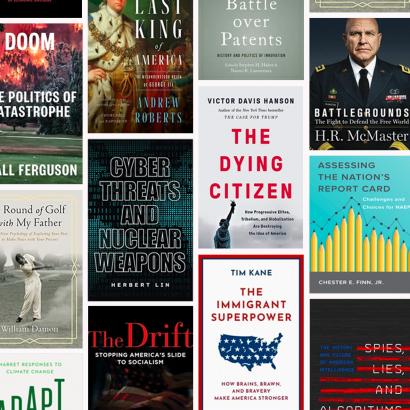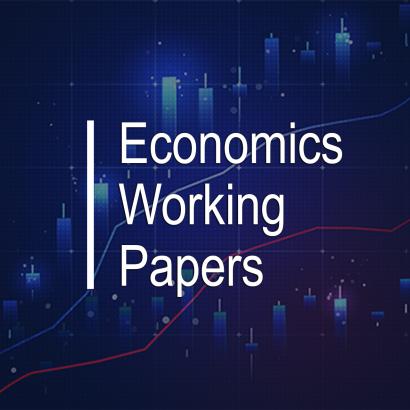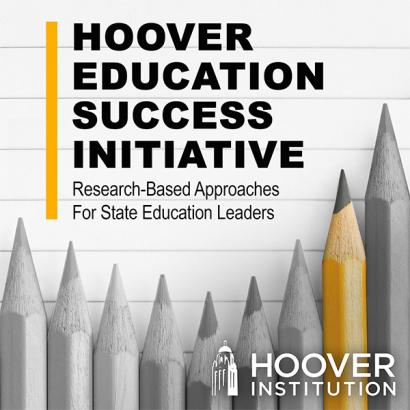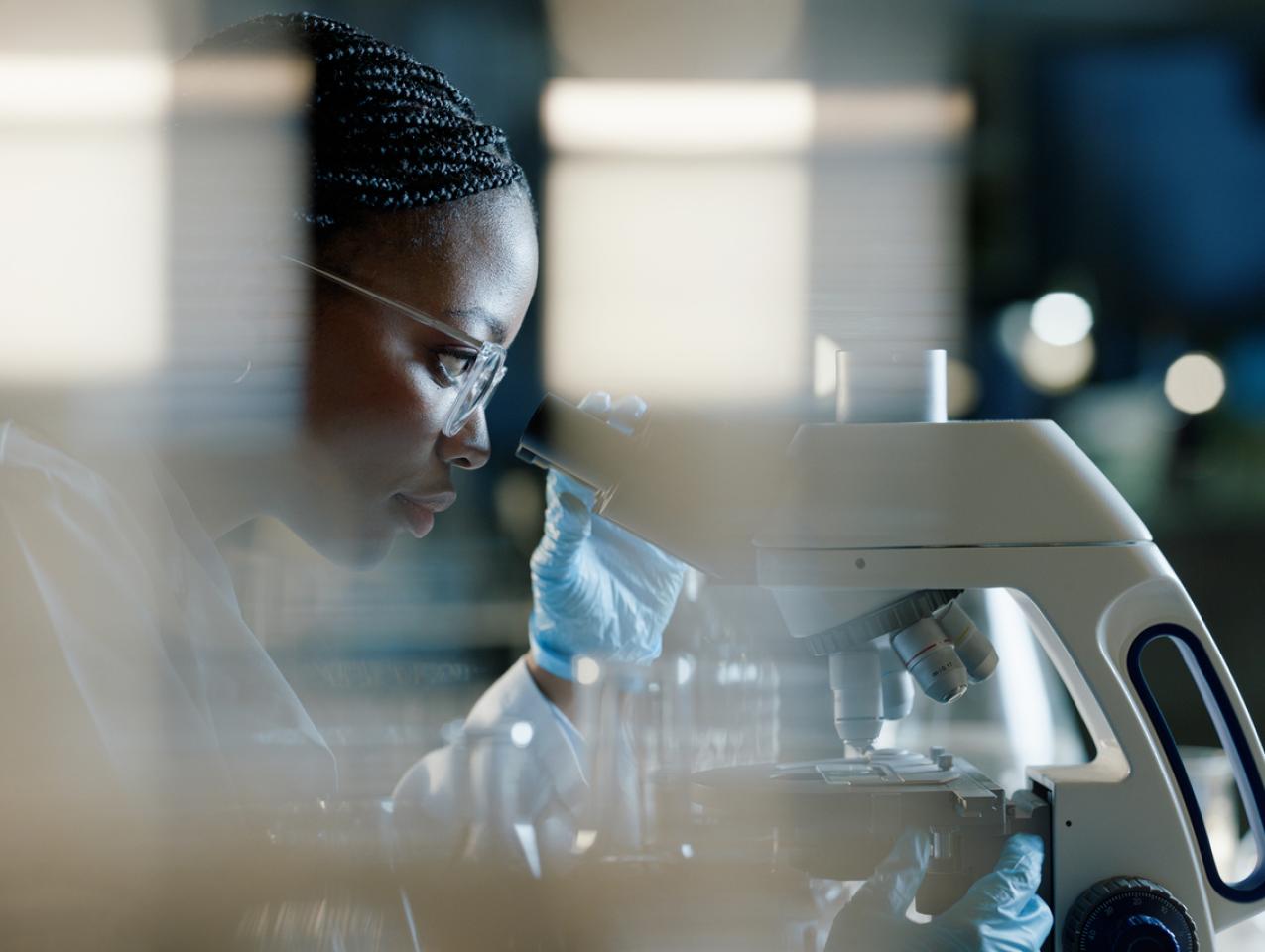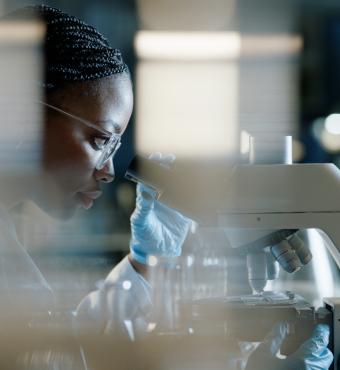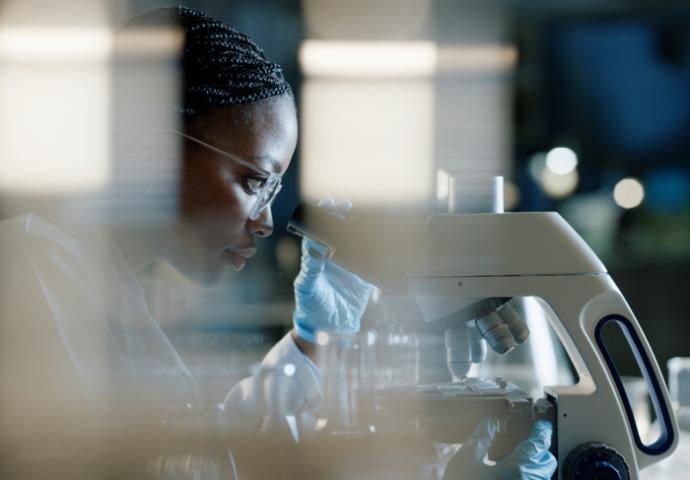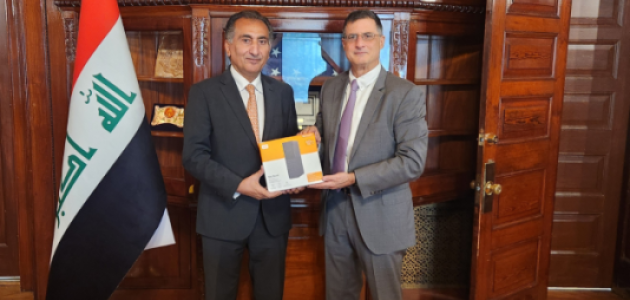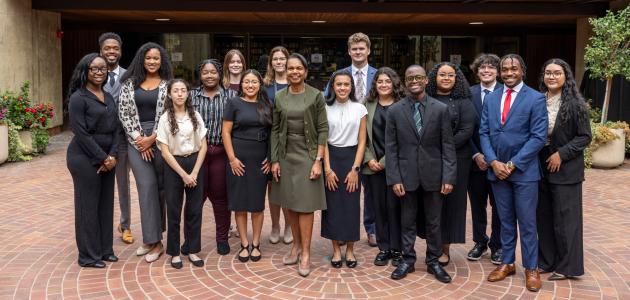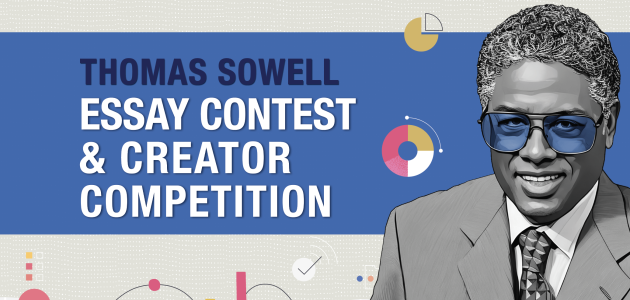In this edition of the Technology Policy Accelerator Newsletter, Science Fellow Norbert Holtkamp points out the many ways international research collaboration, sometimes featuring government labs and researchers, benefits the American people. A new video informed by the work of Science Fellow Allison Okamura demonstrates the growing number of uses for robotics technology as that field matures and expands. And Drew Endy looks back at four previous presidential administrations’ approaches to biotechnology to advocate for a more muscular, concerted strategy from Washington going forward.
Featured Analysis

Hoover Science Fellow Highlights Benefits of International Research Cooperation
US research institutions have a long history of international collaboration that has played a defining positive role in contributions to national and global security, according to a new report coauthored by a Hoover science fellow.
In the report, Science Fellow Norbert Holtkamp and several coauthors, including Thom Mason, the director of the Los Alamos Laboratory, detail how international collaboration and cooperation continues to benefit research and scientific development.
“In a world where international science collaborations become increasingly difficult, it is important to understand not only the risks but also the opportunity cost,” Holtkamp said. “This report highlights examples where cooperation enabled faster access to technology, increased economic competitiveness, or simply advanced basic knowledge helping the human cause. It was commissioned in preparation for a meeting of the National Science, Technology, and Security Roundtable of the National Academies of Science, Engineering, and Medicine at the Hoover Institution in January of 2024”
The report also points out that America benefits not just from the sharing of information and best practices, but also from the fact that foreign scholars who come to the United States often stay on to become permanent residents and citizens, joining existing companies or starting new ones."
Read the report here.

Don’t Lose Out on Scientific “Brain Gain:” 7 Questions with Norbert Holtkamp
Norbert Holtkamp is a Science Fellow at the Hoover Institution and a professor of particle physics and astrophysics and of photon science at SLAC National Accelerator Laboratory at Stanford University. He is a member of the Hoover Institution’s Technology Policy Accelerator, whose research and insights help government and business leaders understand emerging technology and its geopolitical implications. Martin Giles is the executive director of the Technology Policy Accelerator.
Martin Giles: Norbert, you are part of a working group looking at the benefits and risks of international research collaborations in science. What’s the background to this effort?
Norbert Holtkamp: The group I was part of worked with the National Science, Technology, and Security Roundtable of the National Academy of Sciences, Engineering, and Medicine, which has spent the past four years looking at the opportunities and risks associated with international research efforts—and why the US should stay engaged in such efforts. We hosted a meeting at Hoover in 2024 that brought together universities, National Labs, and other interested organizations. Since then, we’ve been studying the benefits of international scientific collaboration—not just with allies but also, in some cases, with geopolitical adversaries—as well as the risks involved. As part of this work, we have published a report highlighting some of the benefits the US and the world have gained from cross-border scientific exchanges.
Martin Giles: In what ways does international collaboration amongst scientists foster transparency and stronger relationships that benefit global security?
Norbert Holtkamp: There are cases where humanity as a whole wins. The work that’s been done internationally on the science of measuring earthquake activity doesn’t just help us better track naturally occurring seismic phenomena; it also enables detection of nuclear tests and therefore contributes to global security. Nuclear science is another good example. Sharing fundamental, unclassified data on nuclear reactions can accelerate the US’s development of next-generation reactors, which enhances our energy security. At the same time, the data can be used to help train international inspectors of nations’ nuclear programs.
Read more here.

The Expanding Utility of Robotics
In a new video for the Stanford Emerging Technology Review (SETR), Hoover explores the potential of the field of robotics, finding an ever-expanding array of uses for the technology in domains including agriculture, green energy, search and rescue, manufacturing, and defense. Issues that may constrain robotics expansion in the US include supply chain constraints, and the stifling effect of obstructive or burdensome government regulation.
The video features the work of Hoover Science Fellow Allison Okamura, who runs a lab devoted to the development of haptics, or technology that reproduces human touch and motion in remotely operated robots.
Watch the video here.
More Insights

“Bio-partisanship”: What Four Presidential Administrations Teach Us About Biotech and Where Trump Should Go Next
In a new piece, Hoover Science Fellow and Senior Fellow Drew Endy and Research Assistant Audrey Jung analyze the missed opportunities and critical importance of biotechnology policy in the United States, emphasizing the need for bold, bipartisan action. They note that despite the Trump administration’s regulatory progress and summits, the US risks losing global competitiveness to countries like China, which invests heavily in biotech, utilizing what Endy calls an “all-of-nation approach.”
Citing successes and setbacks across previous presidencies, Endy and Jung call for the implementation of standards, investment in domestic biomanufacturing, and development of a national biotechnology strategy. They advocate a whole-of-nation approach, including public-private partnerships, congressional support, and innovative financing mechanisms to secure America’s biotechnological future. Ultimately, they insist that “bio-partisanship” is vital to drive economic growth, security, and responsible biological innovation.
Read more here.

Lasers: Ubiquitous and Useful
In Defining Ideas, an excerpt from the latest issue of the Stanford Emerging Technology Review (SETR) focuses on lasers, one of ten key technologies studied in this continuing educational initiative. A companion short video from Hoover’s Technology Policy Accelerator explores the fascinating world of laser technology, drawing on scholarship from the SETR report. From reshaping vision in eye surgery to defending against drones and linking satellites in orbit, lasers are redefining precision and power across critical fields. They exemplify how a single enabling technology can accelerate breakthroughs while raising new risks and dependencies. Laser technology has become essential for a wide range of applications, including communications, high-end chip production, defense, manufacturing, and medicine—raising policy questions around supply chain dependencies and continued US global leadership in the field. The laser chapter of SETR is informed by the work of Hoover Science Fellow Norbert Holtkamp, as well as Stanford researcher Dr. Siegfried Glenzer, and SLAC National Accelerator researchers Eric Galtier and Nicholas Hartley.
Read more or watch here.
About the Technology Policy Accelerator
The Hoover Institution’s Technology Policy Accelerator conducts research and develops insights that help government and business leaders better understand emerging technology and its geopolitical implications so they can seize opportunities, mitigate risks, and advance American interests and values.
About the Stanford Emerging Technology Review
The Stanford Emerging Technology Review, a product of a major Stanford education initiative, is an indispensable guide to tomorrow’s world, providing in-depth explanations of pivotal tech domains, recent developments within them, and what to look out for in the future.


